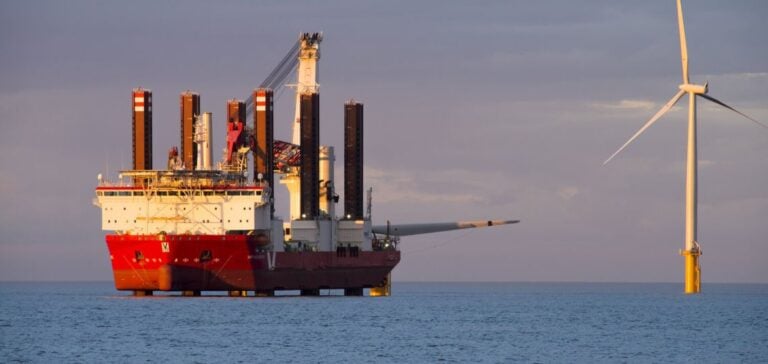The Vineyard Wind offshore wind project, a strategic milestone for renewable energy in the USA, has been allowed to partially resume operations following a major technical incident.
On July 13, a turbine blade broke, leading to the suspension of work by the U.S. Bureau of Safety and Environmental Enforcement (BSEE).
The recent authorization allows installation of the towers and nacelles to continue, while maintaining the ban on blade installation.
This limited green light marks an essential step in the management of this major project.
Impact of the incident and ongoing investigations
The blade failure highlighted the technical and safety challenges associated with the operation of offshore wind farms.
The incident, which occurred some 24 kilometers south of Nantucket, immediately raised concerns about the integrity of the installed turbines.
In response, the BSEE initiated an in-depth investigation, the findings of which are expected to inform future safety and regulatory decisions for the offshore wind industry.
Meanwhile, Vineyard Wind‘s teams, in collaboration with GE Vernova, are focusing on the safe dismantling of the damaged blade parts to prevent any further risk.
Impacts on the future of offshore wind power in the United States
The incident at Vineyard Wind represents a critical test for the whole of the US offshore wind energy sector, which is still under development.
With a projected capacity of 806 megawatts, this wind farm is set to play a key role in the country’s energy transition.
However, technical failures, such as the one recently encountered, underline the need for increased attention to the safety and technological aspects of these projects.
Industry professionals are now paying close attention to the results of the BSEE investigation, which will have significant implications for other ongoing and future projects.
Outlook for future projects
The challenges faced by Vineyard Wind are representative of the obstacles the US offshore wind industry may face in the future.
The exploration of more robust technological solutions and the implementation of stricter regulations are likely to be at the heart of discussions in the months to come.
The industry’s ability to overcome these challenges will be crucial to achieving the goals of large-scale renewable energy production in the United States.
The Vineyard Wind project continues to represent a key indicator for the development of the offshore wind industry in the US.






















